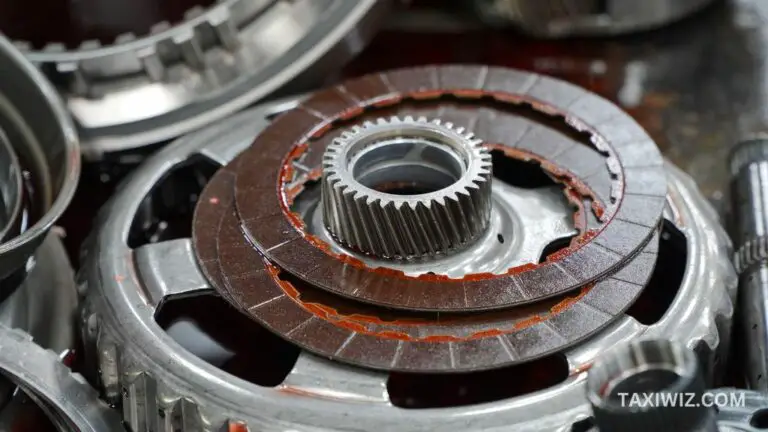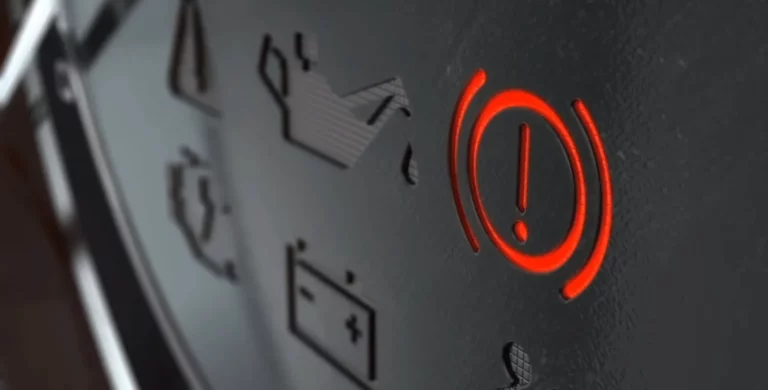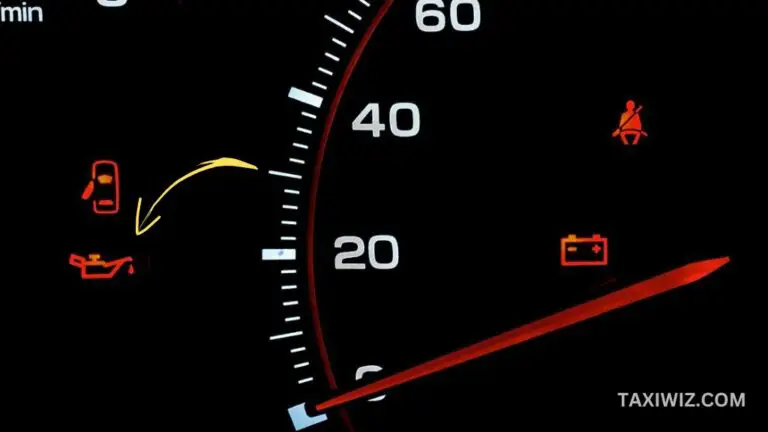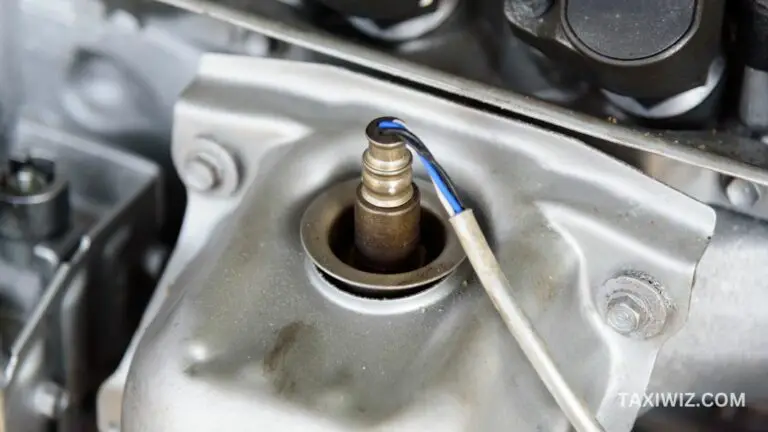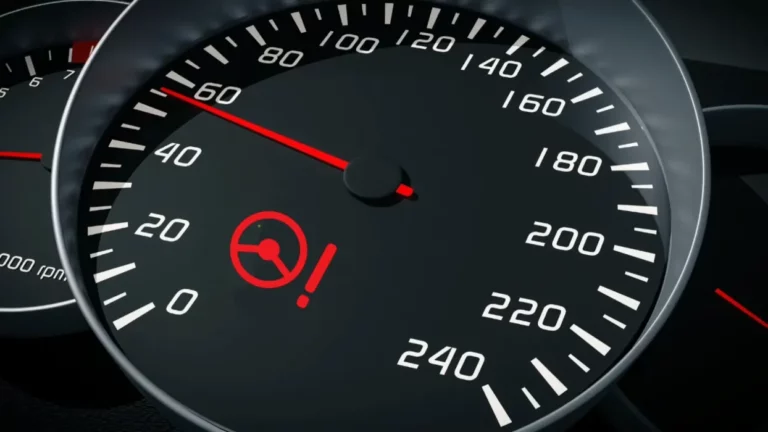Metal on Metal Brakes: All You Need to Know
If you are looking for an improved braking experience, then going with metal-on-metal brakes can be an optimal choice.
This will significantly improve the following:
- Heat dissipation capacity
- The durability of the braking system
- Resistance to fading
- Overall performance
That being said, there are certain factors that should be addressed before you decide to imply metal on-metal brakes on your car.
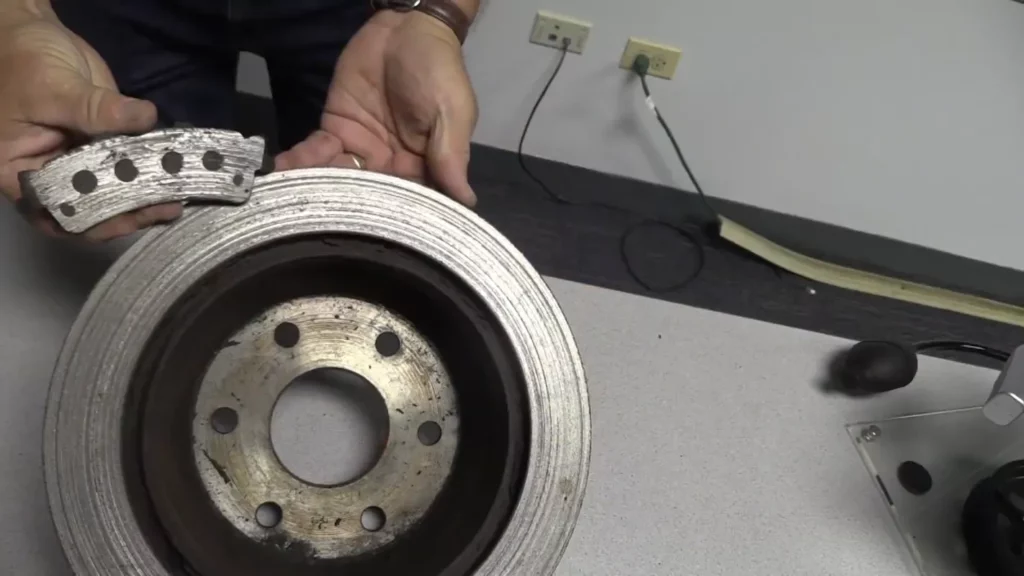
What is Metal on Metal Brakes?
As the name suggests, metal-on-metal brakes refer to a type of braking system that relies on the friction generated between two metal surfaces to slow down a vehicle.
Instead of the traditional organic or semi-metallic brake pads, this braking system revolves around using complete metal pads.
These metal pads will directly contact the drum or rotor, which enables them to slow down a vehicle.
The metal pads are the only difference in metal on metal brakes. These pads are primarily made of iron, steel, or copper.
Other than that, the overall functionality of a metal-on-metal brake is identical to the standard braking system.
The Benefits of Using Metal on Metal Brakes
There are several benefits that come with installing metal-on-metal brakes on your vehicle. Some of the most significant ones are listed below:
High Level of Heat Dissipation
Heat dissipation is the primary factor when it comes to judging the quality of a brake system. And metal on metal brakes offers improved friction co-efficiency than standard brake pads.
This allows the metal-on-metal brake system to provide high levels of heat without suffering from any type of damage.
Therefore, the driver can make aggressive turns and use the car for heavy loads without having to worry about the braking system.
This is one of the reasons why you will see sports cars and heavy-duty, high-performance vehicles coming with metal-on-metal brakes installed in them.
Enhanced Durability
If you compare metal-on-metal brakes with a standard brake system, then metal-on-metal brakes will always win on a durability test.
This is simply due to the fact that the primary component here is metal, whereas, on other types of brakes, it is either organic or semi-metallic at best.
Metal-on-metal brakes are designed to be durable. They can withstand high levels of heat, wear, friction, and stress.
This enhanced durability will over you more freedom on the road, as you won’t have to worry about making a few aggressive turns and takeovers.
Performance Consistency
Metal-on-metal brakes don’t wear down easily, and throughout their entire lifespan, they offer a consistent performance that you will be satisfied with.
They will ensure a strong bite every time you hit the brakes. Along with an excellent stopping power and steady pedal feel, you can be assured that this system won’t fail you and perform effectively all the time.
More Control of Your Vehicle
Using metal on metal brakes ensures that you will have a tighter grip on your brakes.
So, you will have more control over your vehicle’s movements and can come to instant stops whenever you need to.
That’s why having this system installed will ensure a much better and safe driving experience than standard brakes.
Increased Fading Resistance
Fading is a common issue among many braking systems. But this isn’t an issue for metal-on-metal brakes, though.
When this problem arises, the braking system suffers from excessive friction.
The friction later causes heat that the system isn’t prepared to handle, and as a result, the braking performance starts to decrease.
Due to the braking pads being made out of metals, a metal-on-metal brake system won’t suffer much from excessive heat generation.
Therefore, there isn’t much room for fading to occur in the first place, let alone hamper the braking performance.
Excels in Harsh & Heated Environments
While most brake systems start to suffer when you move into a harsher environment, metal-on-metal brakes excel at them. Especially in heated weather conditions
This is also true when the vehicle is going through wet surfaces. Metal-on-metal brakes offer quite a strong bite which ensures that the tires don’t slip on the road.
Similar performance is also noticed when on muddy roads.
Longer Lifespan
Compared to other braking systems, the general lifespan of a metal-on-metal brake system is somewhere between 40 thousand to 80 thousand miles.
This range is quite long compared as it is higher almost 10 thousand miles longer than the standard lifespan of a braking system.
That being said, there are also other factors that contribute to the lifespan of brakes. This is just an estimated amount.
Highly Compatible with Modifications
If you are a car enthusiast and want to modify your cars, then metal-on-metal brakes will offer the most flexibility compared to any other brakes.
These brakes are able to accommodate increased aggression, higher horsepower, high speeds, and more pressure.
You won’t have to worry about damaging the components that much, either.
So, not only will it adjust to your mods, but it will also offer a low chance of brake system issues during modification.
How to Install Metal on Metal Brakes on Your Vehicle
If your car doesn’t have a metal-on-metal braking system, then you can easily change that by following these steps:
Step – 1: Get the Necessary Tools
First things first, you will have to find a basic set of tools.
The ones you should bring are a wrench, brake pad spreader tool, brake cleaner, screwdriver, brake pad lubricant, brake caliper compression tool, jack, and jack stand.
A set of clean cloth is optional but comes in handy in a lot of situations.
Step – 2: Park & Lift the Vehicle
You will need to park the car on a flat surface. To ensure that it stays in place, you may have to check the wheels. This is optional unless you are not able to find a flat surface to park.
Once the car is parked, use the jack to lift the car, and the jack stands to hold it in place.
Keep in mind that the jacking points may differ from one vehicle model to another. So, consult your vehicle manual for this section.
Also, place the jack stand properly and look out for any wobbly behaviors.
Step – 3: Remove the Wheels & Brake Pads
If you loosen the lug nuts before you lift the vehicle, then the procedure becomes a bit easy. Slowly remove the tires one after the other.
Next, go ahead and locate the brake caliper assembly. Use the screwdriver or wrench to remove the bolts or pins, and the caliper should be released.
Afterward, lift the caliper off the rotor; here, you can use the brake pad spreader tool, which will push the pistons back so that you can easily take out the brake pads and install new ones.
Step – 4: Clean the Caliper & Rotor
Inspect the components and clean them with a clean cloth. You may also use some lubricant on the rotors, but if only you find any issues with rotation.
If you don’t find any issues, then proceed to the next step.
Step – 5: Install New Brake Pads
Finally, you can install the brake pads. If the pads have come with brake pad lubricant, then you will have to apply them before installation.
It can also be done after you have installed the brake pads, but there is a chance of spilling, especially if there isn’t much room to work with.
Step – 6: Reinstall the Brake Caliper & Wheels
From here on, you will have to retrace your steps. So, put back the brake caliper the way it was before and then reinstall the wheels.
Once you have placed the car back on the ground, turn the engine on and see if the brakes are functioning or not.
Related Post: Car Shuts Off When Brakes Are Pressed – Reason & What To Do!
Drawbacks of Metal on Metal Brakes
While there is no doubt that metal-on-metal brakes offer a lot of advantages, here are some problems that come along with this enhanced braking system:
Heavy Noise & Vibration
Compared to organic or semi-metallic brake pads, full metal brake pads will generate extra noise and vibration when they are working.
Even a slight press on the brakes can generate a loud noise. You may witness squealing sounds while braking.
Sometimes, when pressing the brake heavily, the vibrations can shake the entire vehicle.
Heavy Rotor Wear
The brake rotor can suffer from heavy wear due to the metal brake pads. This is due to the fact that the metal pods bring more aggressiveness.
And if your braking system wasn’t created with metal-on-metal brakes in mind, then this will wear down the brake rotor quickly.
This will gradually increase the maintenance and replacement costs of your vehicle.
High Amount of Brake Dust Accumulation
Metal on metal brakes generates a high amount of brake dust than standard brakes. The high accumulation amount means cosmetic issues for the wheels.
Therefore, you will have to opt for frequent cleaning and maintenance.
Related Post: Why Brakes Pulsate Even with New Rotors
Frequently Asked Questions [FAQs]
Are metal-on-metal brakes suitable for everyday passenger vehicles?
Yes, they are, but they are not usually recommended due to the noise and rotor wear.
Does metal on metal brakes require a break-in period?
Yes, they typically require a break-in period to achieve optimal performance.
Are metal-on-metal brakes compatible with all vehicles?
No, metal-on-metal brakes may not be compatible with all vehicles.

